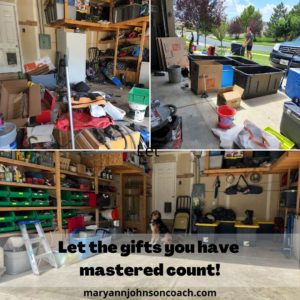 Yesterday, after an hour’s drive, I spent the day helping a friend clean and organize her garage. Wow, it was a hot day, punctuated by a downpour, in the afternoon. I got to work with her sons which was a treat. They did good. : )
Yesterday, after an hour’s drive, I spent the day helping a friend clean and organize her garage. Wow, it was a hot day, punctuated by a downpour, in the afternoon. I got to work with her sons which was a treat. They did good. : )
At one point, my friend asked me if I ever got tired of being called on to clean and organize other people’s messes. Fair question. She felt bad for asking me to help her. But I responded with this. “Would you feel bad asking if I played the flute? Would you ask me to play at a funeral, a wedding, or in a parade? Would you be hesitant to ask? No, because it would be my talent. What I do is no less a talent, and I am glad to share it when possible. What I do isn’t any less valuable, just less showy. So, when asked, I use my talent to clean and organize.”
I have thought a lot about this conversation. Here it is in a nutshell. I am excellent at three things that make me a superior organizer and cleaner: consistency, focus, and a sense of order. I can’t take any credit for these three things. I was born with them. I know you will want to argue this point, but I have lived in my skin for over seven decades. I was this way as a small child. I was born with these gifts. I can’t take credit.
Here is what I can take credit for.
I practiced every day, for decades. Sometimes I did better than others but over time, I became a master. I can take credit for that.
That is how talents are. We have a natural propensity for something – fishing, dance, playing an instrument, comedy, gymnastics, football, cleaning and organizing, planning, listening to another’s grief, gardening, cooking, caring for the old or ill, connecting with children, the list is endless. Some take this natural gift, and they use it regularly, they practice, and they become masters. Others don’t and although they have a gift, they don’t become masters.
Case in point
I was a very talented dancer. I thought about going to Europe to study. I read books about dance, and I danced my little heart out. One of my teachers said I was gifted, and I was. I could have pursued this goal. However, I discovered that as good as I was, it wasn’t the thing I valued most. So, I let it go and I’m glad I did. In dancing’s place, I have a family of seven accomplished children. I have a marriage that is filled with love after 51 hard and sometimes brutal years. I have learned much about charity, humility, and a generousness of spirit. It has been these other things that I pursued that have led me here, to who I am today.
What natural gift have you honed? Look closely. If you think you have let your life slip away and that you haven’t pursued your dreams, look again. What gift have you perfected over the years that serves you and others and feels more valuable than what you let go of? Celebrate that! Stop feeling like a failure.
I am a success. I change people’s lives; not in a way I thought I might, decades ago, but in the way that has lifted me and others, that has changed me and deepened my soul.

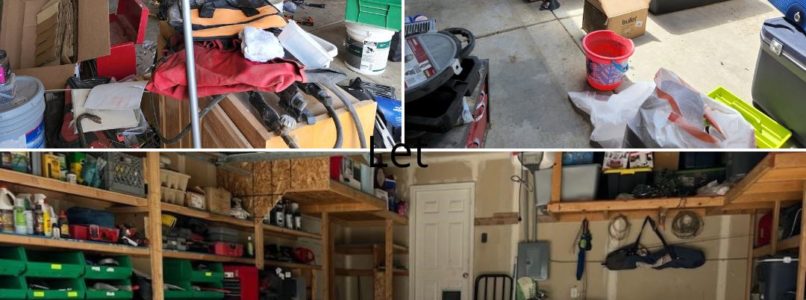


 I have a friend, Nicole. She was a solopreneur, and a single mom, who homeschooled her two boys. That was a load to carry, however, Nicole manages well. That wasn’t always the case.
I have a friend, Nicole. She was a solopreneur, and a single mom, who homeschooled her two boys. That was a load to carry, however, Nicole manages well. That wasn’t always the case.
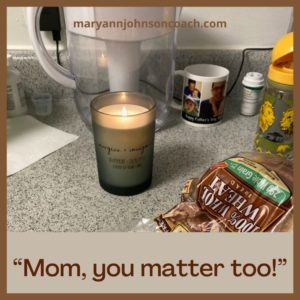 When I was sixty-three Don and I lived in a two-bedroom apartment. Jodie and her family came to live with us while they waited for their home to sell and another one to come into their lives. I had forgotten this event until I was reminded while reading an old article I had written. It was hysterical and not a much different story than what my life looks like now, full-time.
When I was sixty-three Don and I lived in a two-bedroom apartment. Jodie and her family came to live with us while they waited for their home to sell and another one to come into their lives. I had forgotten this event until I was reminded while reading an old article I had written. It was hysterical and not a much different story than what my life looks like now, full-time.


 This article was written in 2011 but it covers a topic that many must grapple with, how to be a great stepparent.
This article was written in 2011 but it covers a topic that many must grapple with, how to be a great stepparent.
 As I said last week, in 2011 I asked a few fathers and grandfathers to share their parenting experiences. Well, one of the sweetest responses came from a yet-to-be father. Brady Houston is my son-in-law, married to my youngest daughter. At the time he wrote this they had been married just a year. Enjoy.
As I said last week, in 2011 I asked a few fathers and grandfathers to share their parenting experiences. Well, one of the sweetest responses came from a yet-to-be father. Brady Houston is my son-in-law, married to my youngest daughter. At the time he wrote this they had been married just a year. Enjoy.

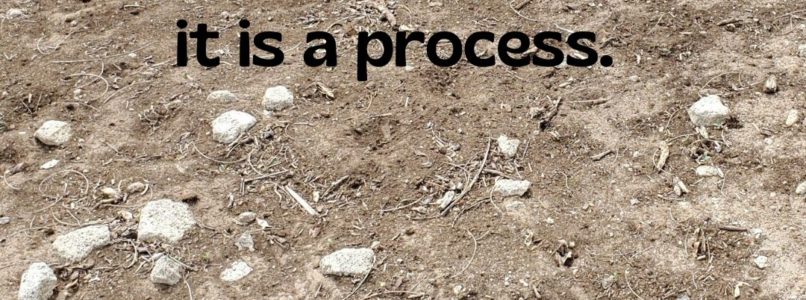
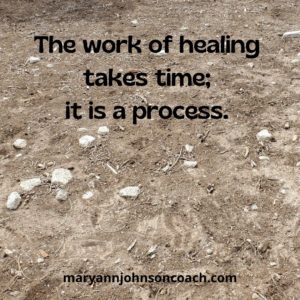 Last year, I wrote
Last year, I wrote 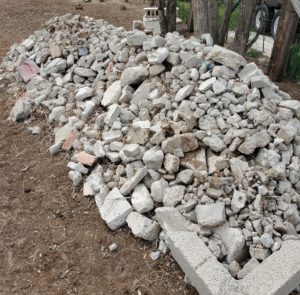 For many years the field next to our home, which I currently keep in order, had decades of debris on the ground and forests of weeds, grass, and sapling trees. After I cut down all the saplings and removed the weeds and grass to bare ground you could see all the cement. I gathered a bucket a day and piled it by the fence. When I had gathered what I could see I thought, “I am glad that job is done.”
For many years the field next to our home, which I currently keep in order, had decades of debris on the ground and forests of weeds, grass, and sapling trees. After I cut down all the saplings and removed the weeds and grass to bare ground you could see all the cement. I gathered a bucket a day and piled it by the fence. When I had gathered what I could see I thought, “I am glad that job is done.”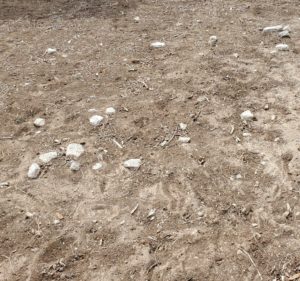 surface. There is no debris, plants, or saplings to hold it under the ground. So each year I have found myself gathering up a bucket a day for a few weeks and adding the contents to the cement pile. Now, if I didn’t understand that sometimes there are layers to the work we do, I would be discouraged. But I know that what was buried will eventually surface and then I can clear it away.
surface. There is no debris, plants, or saplings to hold it under the ground. So each year I have found myself gathering up a bucket a day for a few weeks and adding the contents to the cement pile. Now, if I didn’t understand that sometimes there are layers to the work we do, I would be discouraged. But I know that what was buried will eventually surface and then I can clear it away.
 Can A Clean Bathroom Help You be Happier?
Can A Clean Bathroom Help You be Happier?